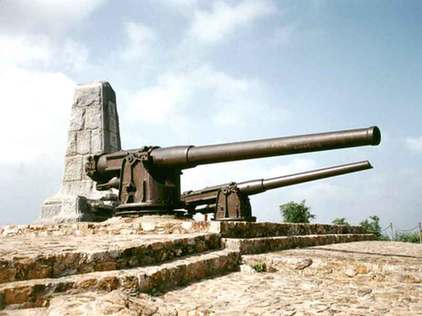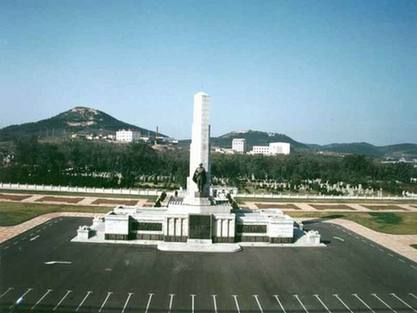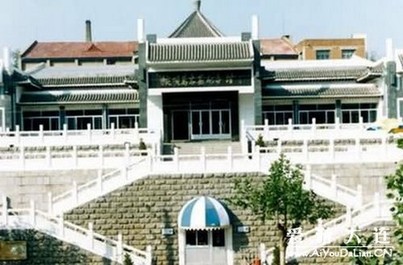Hot Travel Line
Lushun
(yeschinatour.com)
Updated: 2009-09-02 17:27
Also known as "Port Arthur," Lushun occupies the west end of Dalian City and the south edge of the Liaodong Peninsula, surrounded by sea on three sides. In this advantaged geographical position, it is a beautiful tourist city zone with a long history.
In 1894 during the Sino-Japanese War the Japanese army captured Lushun and massacred many of its people. The area suffered again in 1904 when it became a major battlefield during the Russo-Japanese War. Lushan then endured Japanese rule for more than 40 years following the surrender of the Russian forces. It was not until the Soviet Union disarmed them in 1945, that Lushun was returned to motherland once more. Through half a century, it came to earn recognition as an "open air museum of historical and cultural scenery."
Rich in natural resources as well as its historical heritage, Lushun has become a National Key Scenic Spot, National Nature Protection Area, and National Forest Park by virtue of its now famous attractions. These fall into two categories namely, the natural scenery and historical sites relating to the Sino-Japanese War in 1894 - 1895.
Historical Sights
Russo-Japanese War Site on East Crest Hill

East Crest Hill (Jiguan Hill) was a battlefield during Russo-Japanese War in 1904. It was here that the Russian army established a strong fortress after Lushun became a territory leased to Russia 1898. As the main feature on the hill, it houses the Cultural Relic Protection Unit as well as being the patriotism education base in Dalian. A museum was built in 1997 to display historical materials of the war.
Cemetery of Soviet Martyrs

With an area of 48,000 square meters (57,409.4 square yards), the cemetery ranks as the largest for a foreign nation in China. Here lie buried Soviet martyrs who fell during the war of Liberation of Northeast of China and the War against US Aggression in support of Korea, as well as those died in the Lushun garrison in 1945-1955. The cemetery is in the Soviet style of construction.
Memorial of Myriad Loyalists

This memorial was set up to commemorate the Chinese people who died in the Sino-Japanese War of 1894. Upon their invasion of Lushun and for four whole days Japanese forces slaughtered nearly 20,000 unarmed common people of the city! Only 36 persons remained alive. To hide all evidence of their guilt, the Japanese ordered local peasants to collect the bodies for cremation. The ashes of the victims were buried at the eastern foot of White Jade Hill. In 1896, after the Japanese retreat, corps of the Qing Dynasty built the Stele of Myriad Loyalists. It is listed as one of the National Patriotism Education Demonstration Bases.







